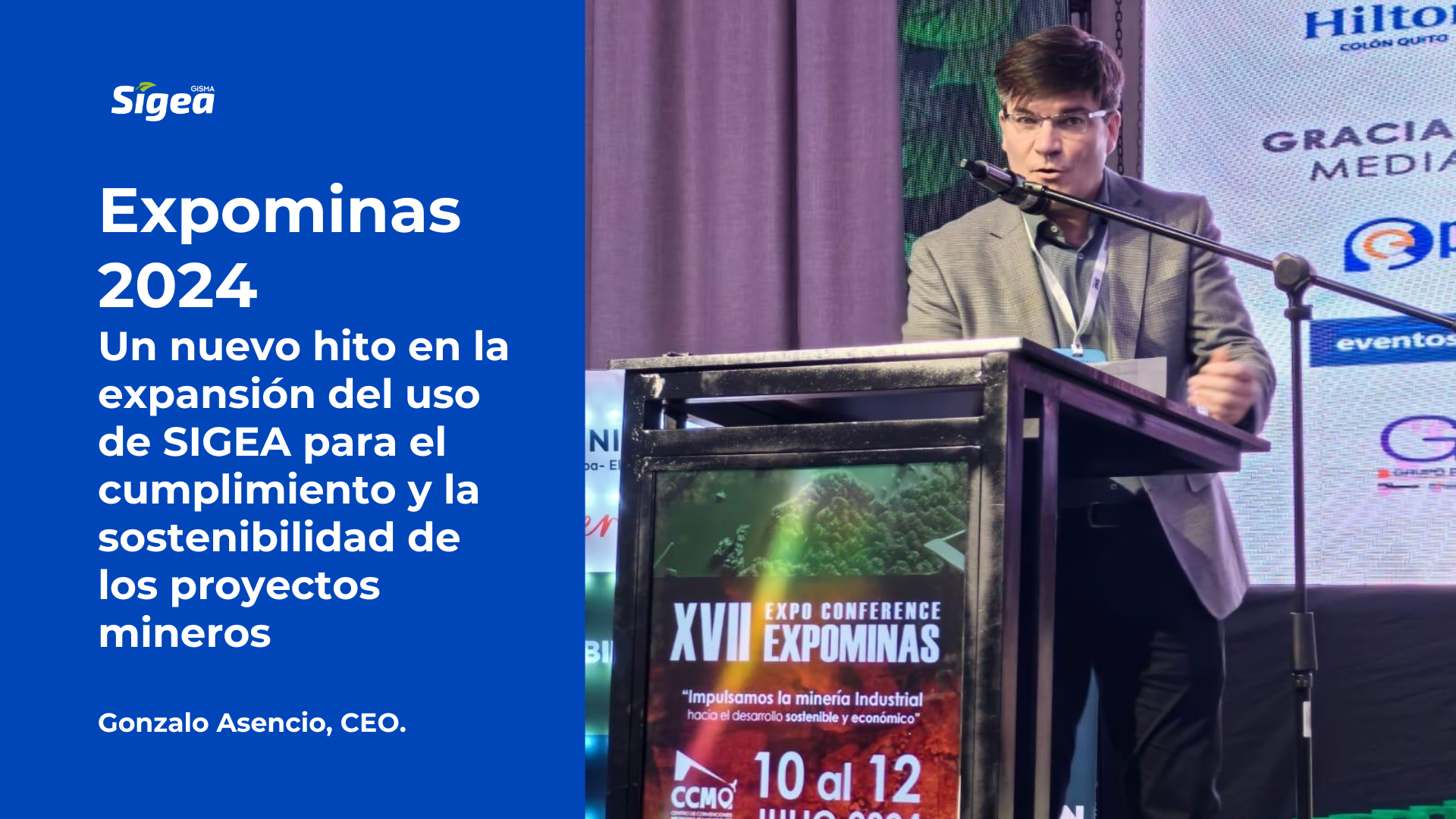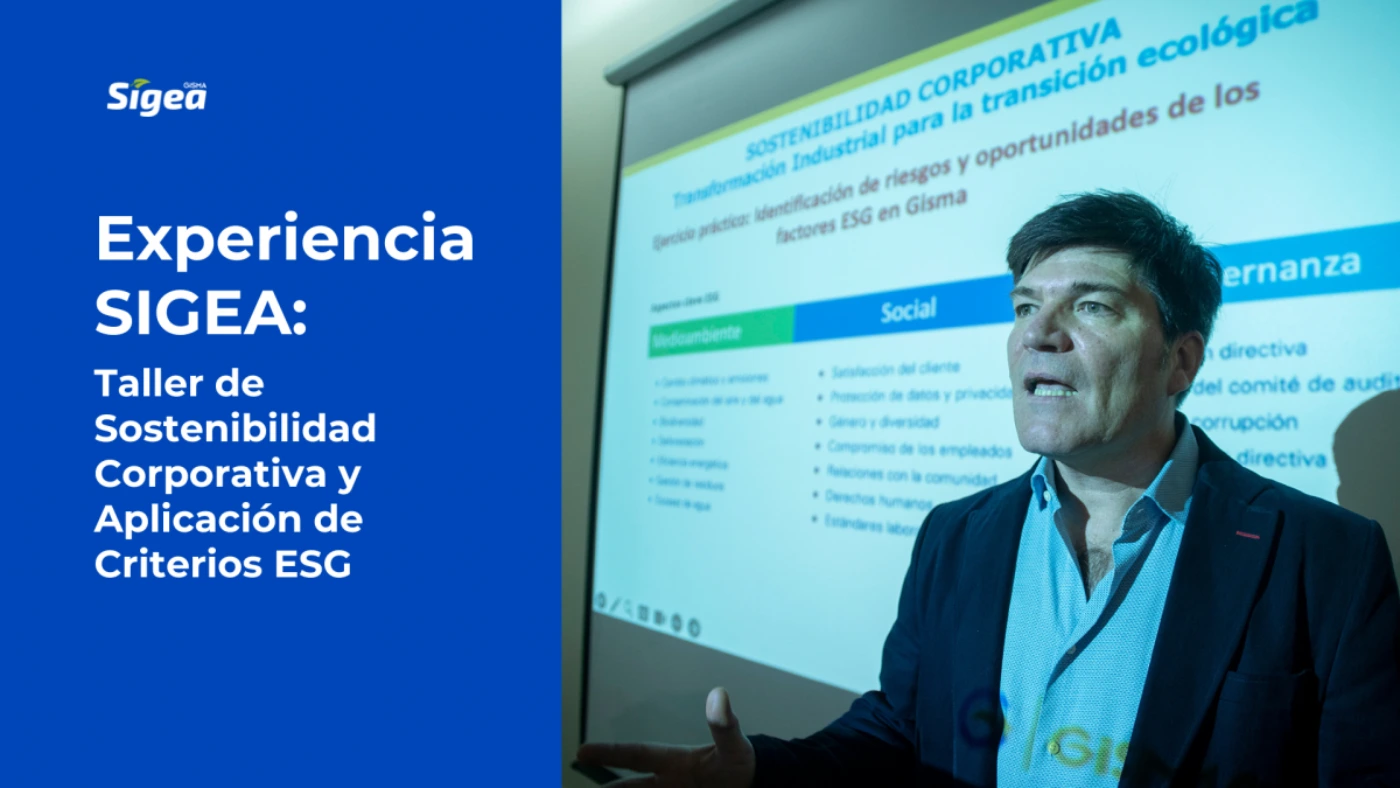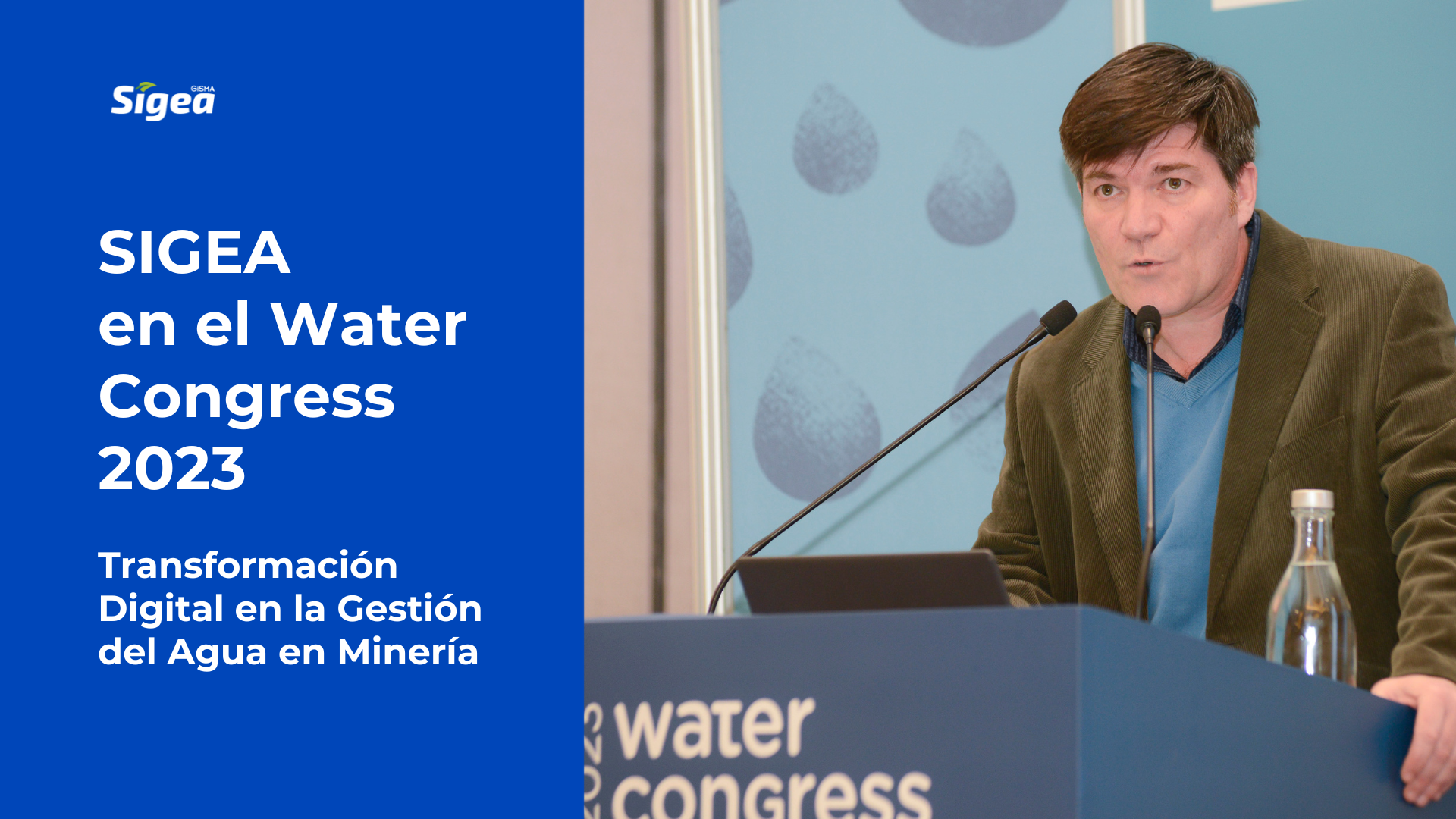In-depth article in Induambiente magazine on compliance with environmental commitments and their relevance for the sustainability of companies, the importance of the use of technology and the characteristics of SIGEA as a facilitator of the internal management of companies. Interesting interview with Gonzalo Asencio.
COMMITTED AT THE ROOT
The monitoring of environmental commitments is a relevant area for maintaining sustainability standards in companies.
The so-called “Compliance Programs” have become well known in Chile. Those instruments contemplated in the new environmental institutional framework, whose execution allows companies to reverse a sanctioning process initiated by the Superintendency of the Environment (SMA), in the event of committing infractions to their environmental qualification resolution (RCA).
In these cases, RCA holders must comply with a series of requirements and improvements in order to bring their operation back into compliance with current regulations. In order to verify the above, the authority monitors compliance. However, these programs are not the only instances that are monitored to verify their implementation.
Gonzalo Asencio, General Manager of Gisma, explains: “Environmental commitments are those that are specified in the environmental impact assessment process and are found in the relevant documents of the file, the environmental impact assessment (EIA) or environmental impact statement (EIS), the addenda and the RCA. In addition, relevance consultations and their resolutions and other modifications that are made on this background are also considered.”
Integrated System
Gisma has developed a technological tool to assist companies in meeting their commitments. This is SIGEA (Integrated Environmental Compliance Management System).
According to Gonzalo Asencio, this system distributes responsibilities within the organization, “breaking down the problem into small parts and enabling a collaborative platform where the different actors involved interact, creating a personalized management space that supports each user in their own responsibilities and priorities,” he says.
The full interview can be viewed at the following link
https://issuu.com/induambiente1/docs/0-induambiente_ed_156-final (Page 70 and 71)
Access PDF file
Induambiente Publication January 2019




